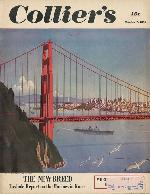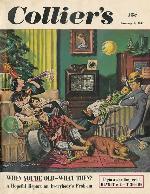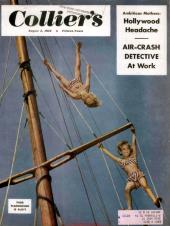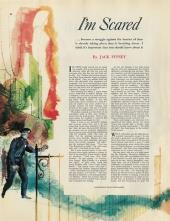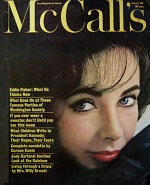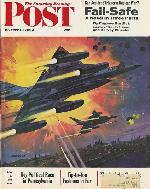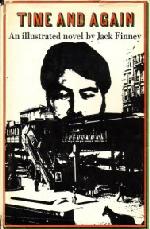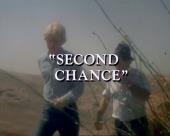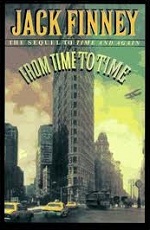Short Story
The Third Level
- by Jack Finney
- in Collier’s, 7 October 1950
A New York man stumbles upon a third underground level at Grand Central Station which is a portal to the past.
This is the first of Finney’s many fine time-travel stories.
This is the first of Finney’s many fine time-travel stories.
I turned toward the ticket windows knowing that here—on the third level at Grand Central—I could buy tickets that would take Louisa and me anywhere in the United States we wanted to go. In the year 1894.

